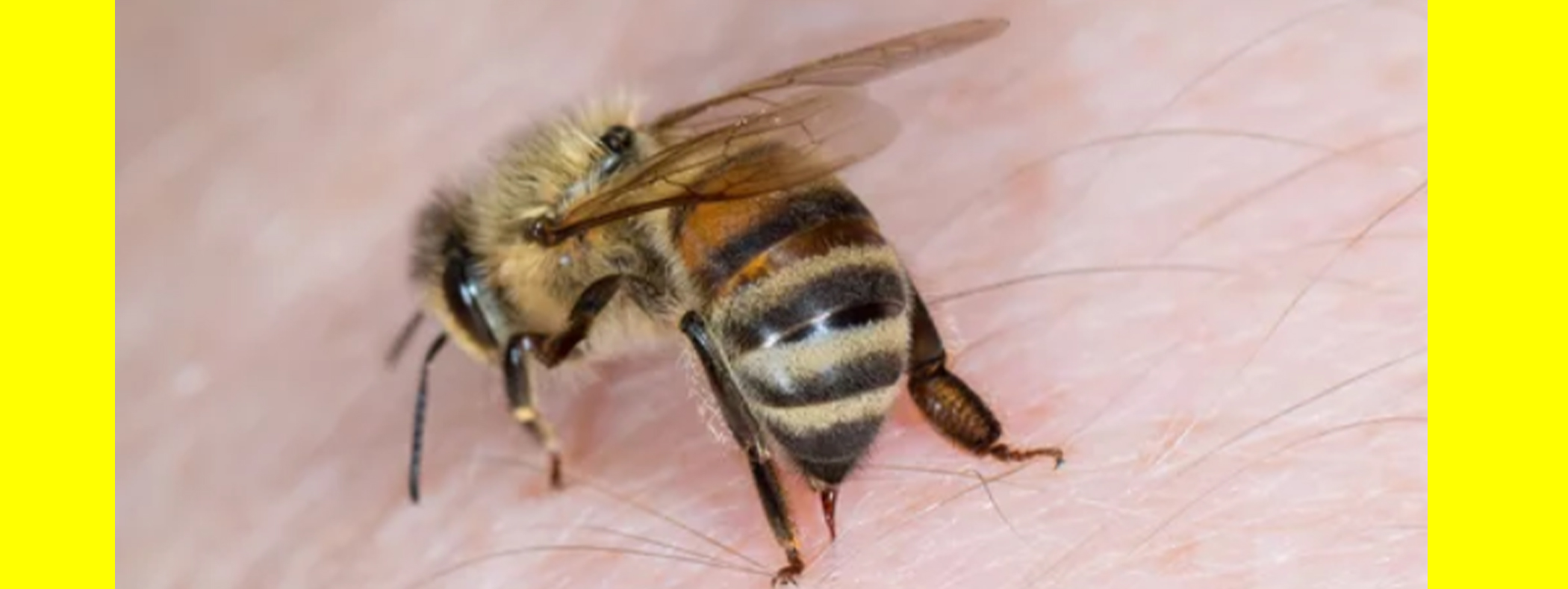 Compared to bites from mosquitos and most spiders, the stings of bees and wasps can really make you miserable. In some people, it can cause a severe allergic reaction requiring immediate medical attention. One way of preventing stings is to hire wasp removal in Halifax if you find a nest on your property.
What causes all the pain and swelling of a wasp or bee sting? It turns out that these insects' defence systems are designed to incapacitate potential predators by forcing their own immune systems to work against them. Essentially, that is what is happening inside your body when a bee or wasp stings you and why it hurts so much.
Compared to bites from mosquitos and most spiders, the stings of bees and wasps can really make you miserable. In some people, it can cause a severe allergic reaction requiring immediate medical attention. One way of preventing stings is to hire wasp removal in Halifax if you find a nest on your property.
What causes all the pain and swelling of a wasp or bee sting? It turns out that these insects' defence systems are designed to incapacitate potential predators by forcing their own immune systems to work against them. Essentially, that is what is happening inside your body when a bee or wasp stings you and why it hurts so much.
How Does Bee Venom Effect the Body?
Bees and wasps have venom the same way that spiders do, but while spiders deliver their venom by biting, bees and wasps deliver it through the stingers in their abdomens. Wasps may use their venom in the same way that spiders do, to paralyze prey. For bees, however, stinging is entirely defensive. In fact, bees can only sting once because their stingers come out afterward, causing death because of the irreparable damage to their bodies. Bee and wasp venom contains four chemicals, all of which can contribute to the misery of stings in different ways:- Melittin
- Acetylcholine
- Histamines
- Pheromones

